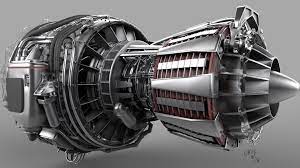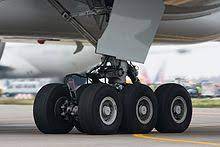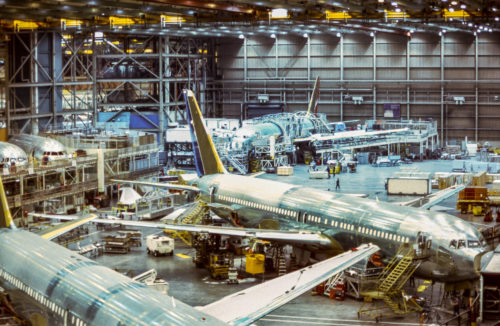AEROSPACE SUPPLY CHAIN 101
The aerospace supply chain is quite complex. This should come as no surprise given that there are between 2 and 6 million parts that must be assembled in order to successfully build various types of aircraft. With so many components and materials involved, each supplier must fulfill its role in order to achieve the final product. The thousands of suppliers which manufacture these 6 million parts and contribute to this complicated process are divided into 3 tiers. Each tier plays a significant role in the supply chain and contributes to the successful manufacturing of a finished product, i.e., an aircraft.
Aircraft are produced by OEMs (Original Equipment Manufacturers). The OEMs, companies like Boeing, Airbus, Lockheed Martin, and Raytheon, not only supply their products to airline companies like Delta and Southwest Airlines, and private jet companies like Gulfstream and Cessna, they may also supply aircraft in support of the Military.
With millions of parts being made by thousands of different companies, a strict set of requirements is essential to ensure that safety standards are met, and uniformity is guaranteed. In this way, there can be certainty that all the individual pieces will work together to create a complete unit. Not only must the component parts be made to meet all the specs, but they must also flow through the supply chain in a reliable way so that each of the seals and the fittings, the hardware and the finishes, the gaskets and the ducting, get to where they need to be when they need to be there.
Furthermore, each of the suppliers in the supply chain, no matter which tier, must also be certified and registered in order to participate in the supply chain.
The Three Tiers
Tier 1
Tier 1 companies often work hand in hand with OEMs during the designing period. They also typically manufacture the major components or systems utilizing parts or subassemblies from the Tier 2 supply chain. These components produced by the Tier 1 manufacturers are the last systems that are delivered to the OEMs.
The Tier 1 companies that supply directly to the aerospace industry, are the most essential in the supply chain. They manufacture a wide array of vital finished products such as engines, wings, fuselage, control systems, landing gear, braking systems, electronic warfare systems, and interior cabin products.
These organizations are the key drivers of the supply chain. They are responsible for ensuring the entire operation is being effectively and efficiently managed and that all the required government guidelines are being followed. Tier 1 companies form the backbone of the supply chain mechanism and are effectively responsible for ensuring that the entire operation is being carried out properly.

Tier 2
Tier 2 companies are responsible for manufacturing the parts and sub-assemblies used by Tier 1 companies. They are of equal importance to the Tier 1 companies, as they too play a critical role in support of the supply chain. Tier 2 companies are often smaller in size and magnitude as compared to their Tier 1 counterparts but are quite sophisticated in their capabilities and operations. These manufacturers acquire parts from Tier 3 suppliers and forward their end products to Tier 1, making them an essential link in the chain.
Tier 2 suppliers usually shoulder much of the responsibility regarding adherence to safety, compliance, and standards. They are also vital in ensuring the rate of flow of materials and production. These companies provide critical components such as Airfoils, tires, missile nose cones, airframe structures, transmissions, and flight controls.

Tier 3
These manufacturers are often larger than Tier 2 supplies. They are responsible for producing and shipping parts and components directly to Tier 2 companies to be used in various components and subsystems. Tier 3 companies play an important role in the supply chain and they too impact the successful completion of an aircraft.
A Tier 3 company may be a smaller machine shop that produces thousands of parts that ultimately serve a critical purpose. They may also be a manufacturer that produces mission-critical components and software, not just nuts and bolts.
Tier 3 manufacturers supply products and components such as instrumentation fittings and tubing, hydraulic fittings and hose, and high strength fasteners and pins.
All these examples of major assemblies, sub-assemblies and components represent the enormous and complex processes that are involved in building aircraft.
Suppliers as Strategic Partners
For manufacturing success, OEMs must work to build strategic partnerships with multiple sources and suppliers across all tiers of the aerospace supply chain. They must consider each tier and select the suppliers that excel. With so many manufacturers involved in such a complex system, each supplier in each tier must do their part in order to ensure a functioning and effective aerospace supply chain.



